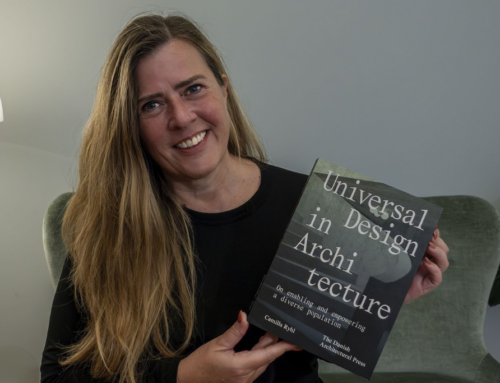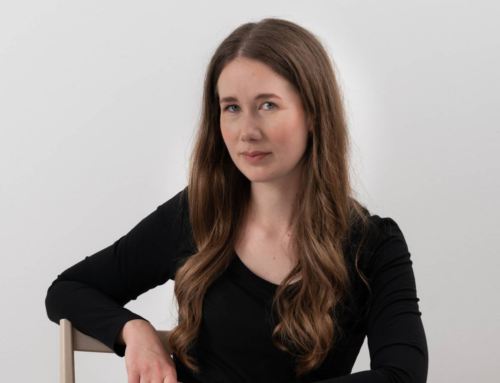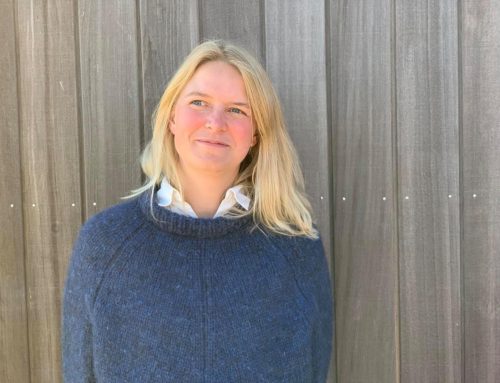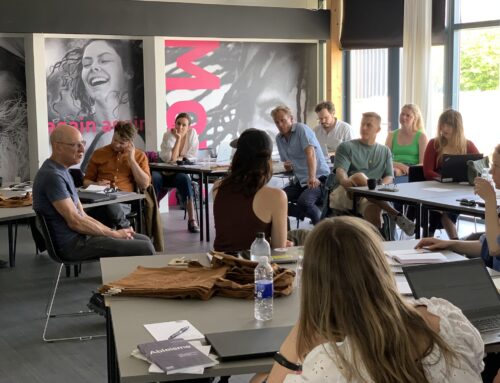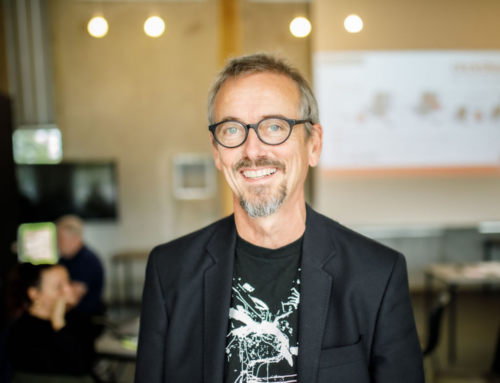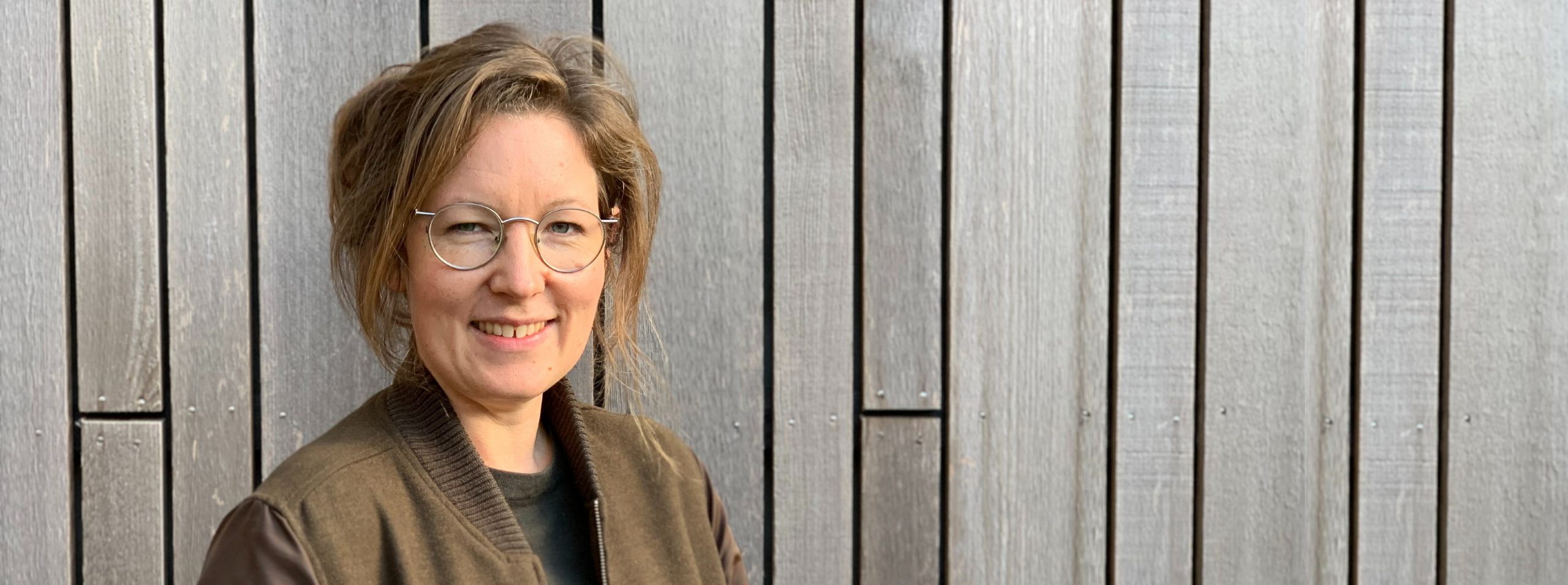
The right lighting can contribute to quality of life among people with impaired vision
Inappropriate lighting can be uncomfortable, even painful for some people with visual impairment, while appropriate lighting can allow them to read, knit, or actively play with their children again. So how do we go about finding the right individual lighting for everyone? This is the question that Postdoc Turid Borgestrand Øien is trying to answer.
by Nanna Stærmose. The article is published on 17/12/2021.
When a person’s vision deteriorates, installing a brighter lightbulb in the ceiling luminaire is not always sufficient. On the other hand, the right combination of luminaires and lightbulbs can help that person maintain a good quality of life. But what should this combination look like? And what other factors play a role in relation to creating good lighting solutions for people with impaired vision? These are some of the questions that Turid Borgestrand Øien, postdoc at Aalborg University, has been trying to find answers to.
As part of her postdoc project, Øien has followed the work of a group of low vision consultants in the pilot project “Bedre lys, mere liv” (“Better light, better life”). Essentially, the aim of the project is to test new methods in low vision rehabilitation to help people with impaired vision to find appropriate lighting and thereby improve their quality of life.
Øien highlighted one example of a mother with impaired vision who had acquired new lighting installed in her living room. The lighting primarily came from ceiling panels, providing an even light level throughout the room, which was generally fine, except when she wanted to play with her child on the floor.
“The general lighting didn’t work in that situation, and the consultants instead had to supplement it with ‘directed light’, meaning light that specifically lights up a certain spot,” said Øien.
There is no official record of the numbers of visually impaired adults in Denmark. The Danish Society for the Blind has just under 7,500 members, which could indicate how many people live with that disability. The society’s own estimate is that around 65,000 people in Denmark have some form of visual disability. Additionally, most people will naturally experience their vision deteriorating to some extent over the course of their lives, which is why Øien supports the focus on lighting in low vision rehabilitation.
“When we see what difference the appropriate lighting makes, it’s important for us to also get a deeper insight into how to create the best solutions,” she said.
And that’s precisely what they have done at the Center for Special Education in Slagelse, the workplace of the consultants that Øien has followed.
Individual lighthing
Their approach is based on three factors: The visual impairment, the person’s home environment – including lighting – and finally, the activities that they want to enable or resume to.
“To a great extent, it’s basing our work on the individual’s reality and wishes. It could be that playing with their children on the floor, reading or knitting is what adds to their quality of life, for instance. This allows the low vision consultants to focus their efforts on finding the appropriate lighting for that person,” Øien said.
She also pointed out that there has been a shift in the approach of low vision rehabilitation. In the past, the focus was mainly on the diagnosis when performing lighting assessments, while today, incorporating the person’s environment is part of the rehabilitation process. The low vision consultants therefore also pay a home visit to analyse their living conditions and lighting. Subsequently, the visually impaired is invited to the clinic, where the lighting conditions from their home are recreated. The low vision consultants then adjust the lighting, allowing the participant to determine the best solution for their own visual function in their chosen activities through trialling different alternatives. This approach allows the person to determine the optimal lighting setup on his or her own body.
Lighting needs are highly individual, which is why there is no general solution that works for everyone.
Some types of visual impairments make people highly photosensitive, causing them pain if they experience glare by bright light, while others need high illuminance to be able to see at all and some need close to complete darkness for optimal vision. It’s a very broad spectrum, but what Øien finds fascinating is that the right combination of measures allows people with impaired vision to maintain the everyday lives they want.
“A success story could entail a woman who thought she would never be able to knit again on her own being able to pull out her yarn and knitting needles again,” said Øien.
Even though individual solutions are the key to maintaining a high quality of life for people with impaired vision, these lighting solutions can still fall under a universal design approach, according to Øien.
“The solution for many people is for the light to be adjusted and adapted to different activities. But that also would apply to people with normal vision, after all, so in that sense, it’s entirely appropriate to incorporate lighting into universal design,” said Øien.
Read more
Sarah Williams Goldhagen ”Welcome to your world. How the built environment shapes our lives” from 2017 is based on our experience of the constructed environment and how it interacts with our internal and external worlds. Our surroundings are linked to our senses and mind through our experiences and how we make use of them as well as our sensory apparatus and perception. The chapter “Blindsight” elaborates on the understanding of the situated and bodily in relation to this experience of the constructed environment and can prove to be interesting reading for those who specifically work with the visually impaired and those designing the constructed environment.
50-70 years ago in Denmark, a number of lighting professionals investigated human light perception in the so-called Lighting Laboratory. A lot of the classic works published during that period by authors including Mogens Voltelen and Sophus Frandsen is still higly relevant, and I recommend to reread these works, which can still be found in Danish public libraries.
Facts
Her postdoc investigates existing low vision rehabilitation approaches and how rehabilitative interventions for people with impaired vision largely entails navigation and coordination between different types of knowledge in each intervention. This includes medical and technical knowledge (about the eye and light) as well as practice knowledge about the social and physical contexts.
The postdoc project is funded by the VELUX Foundation. The project began in 2018 and is scheduled to end in February 2022.
Turid Borgestrand Øien
Postdoc at Aalborg University’s Department of the Built Environment
The postdoc project is funded by the VELUX Foundation. The project began in 2018 and is scheduled to end in February 2022.
Member of the Bevica Foundation’s research network
Read more research profiles
